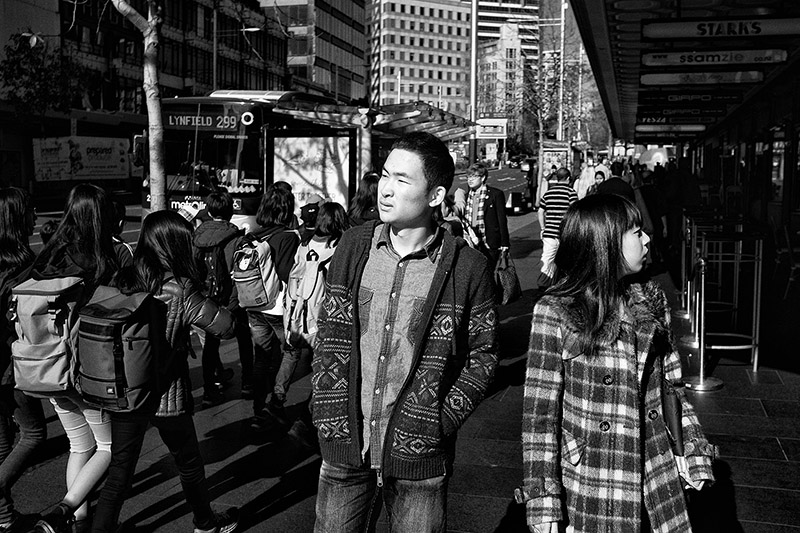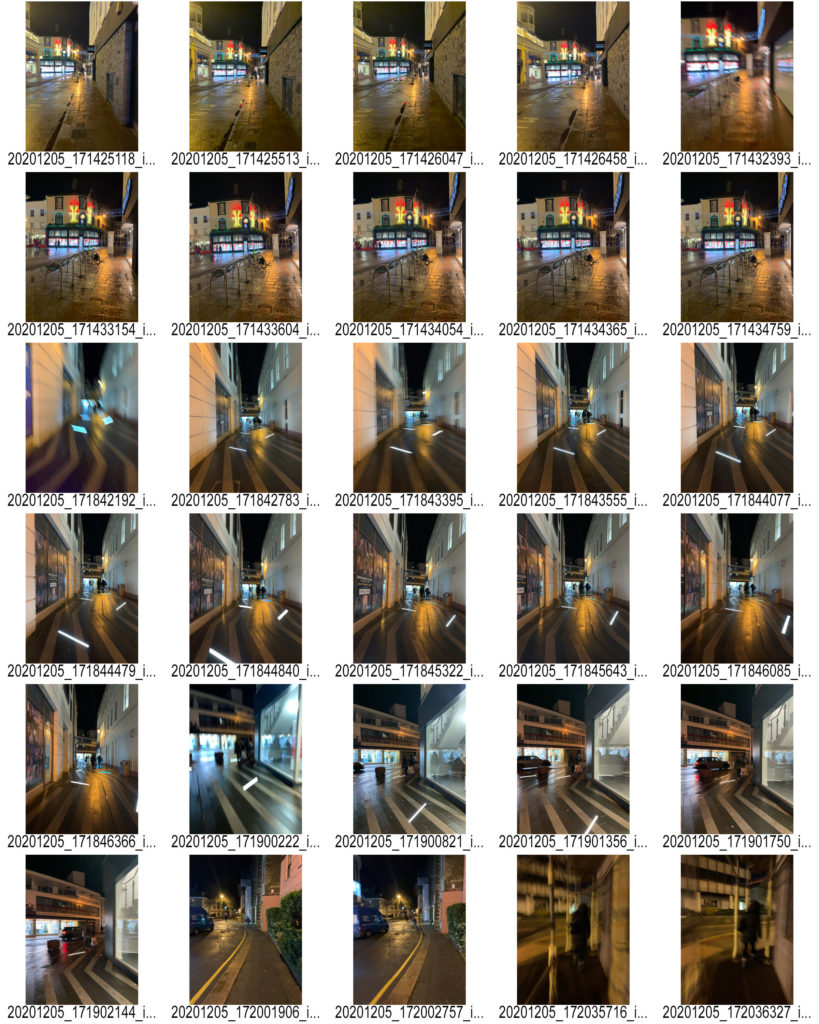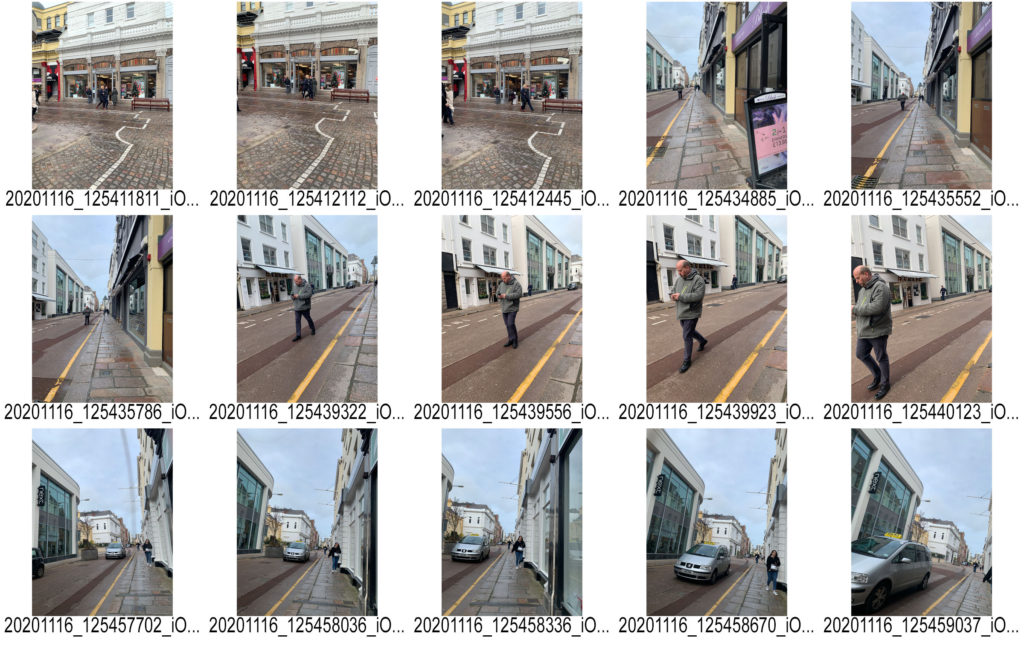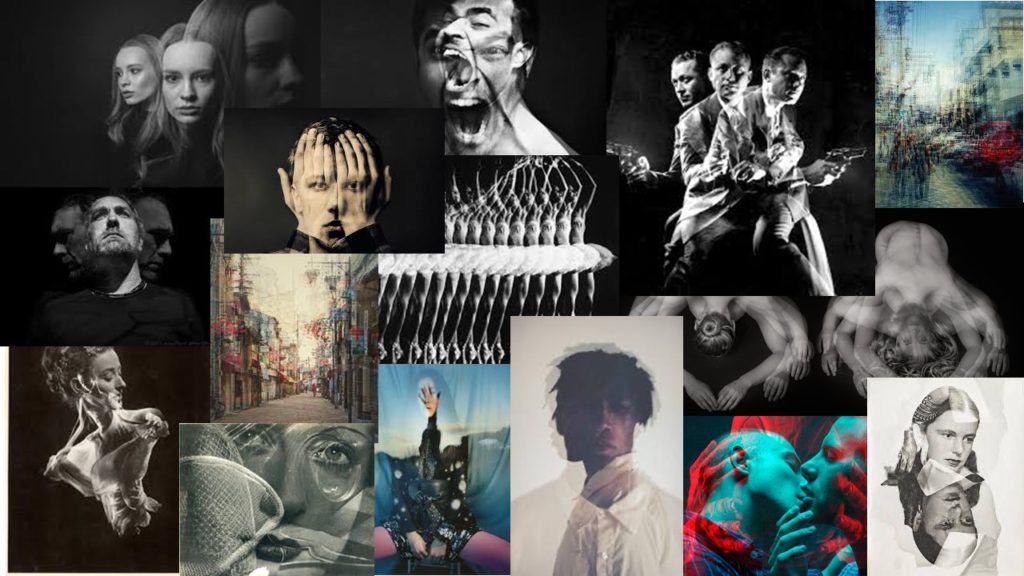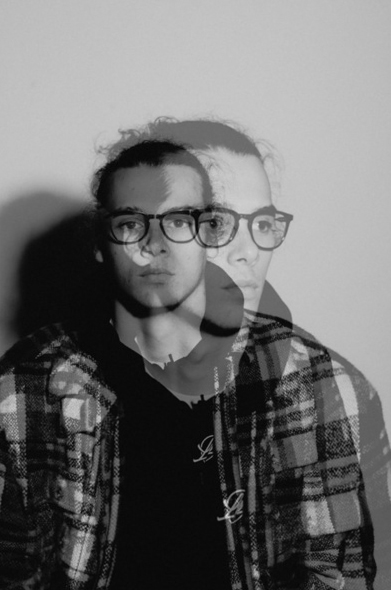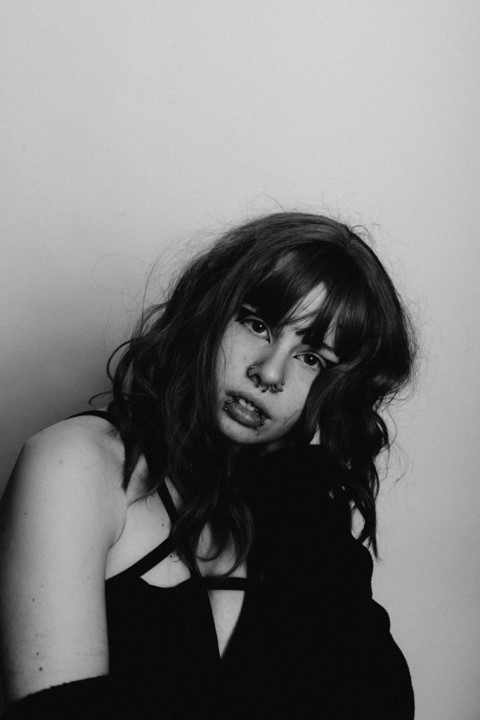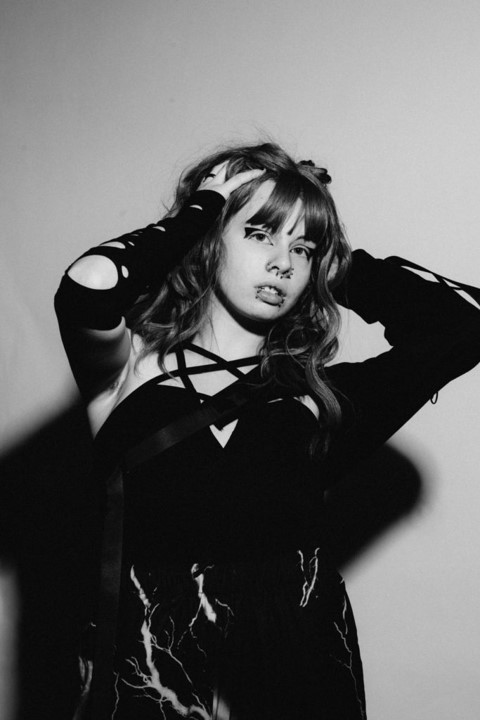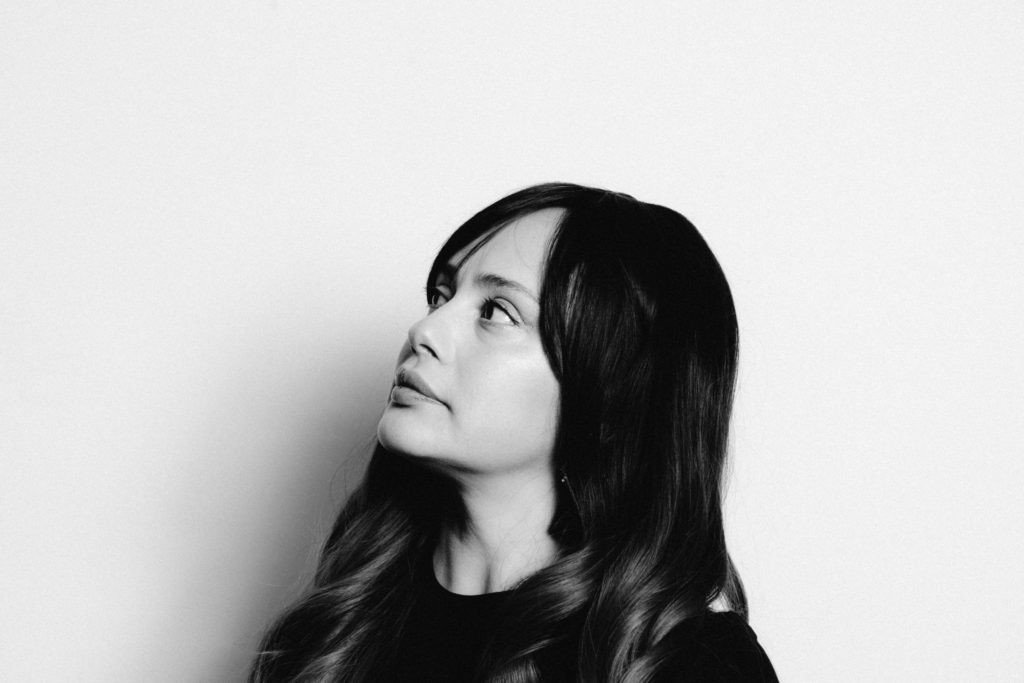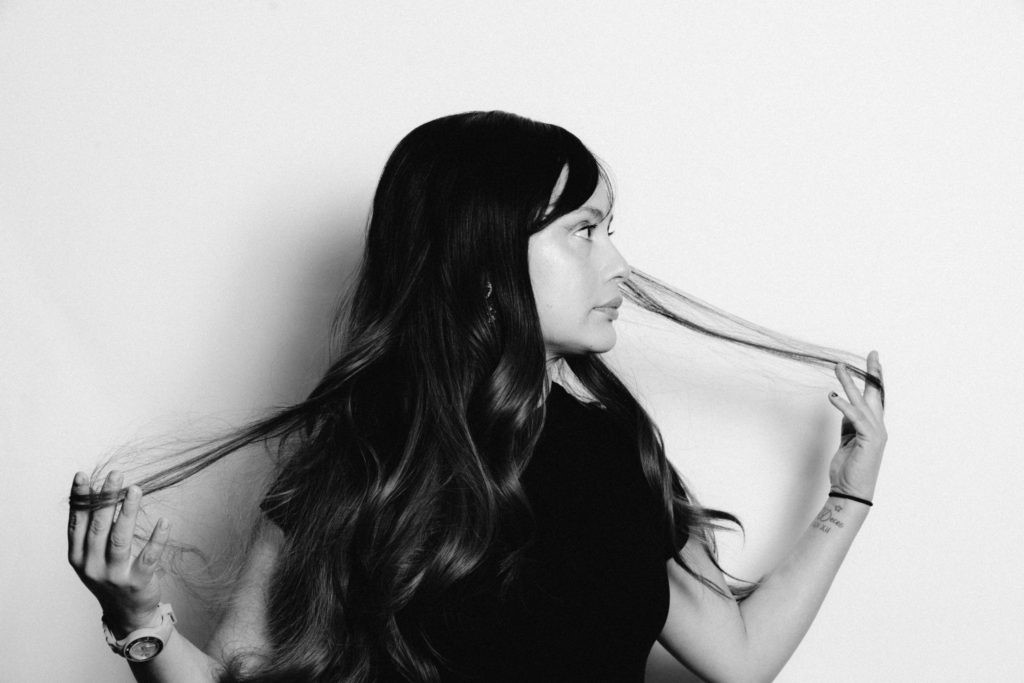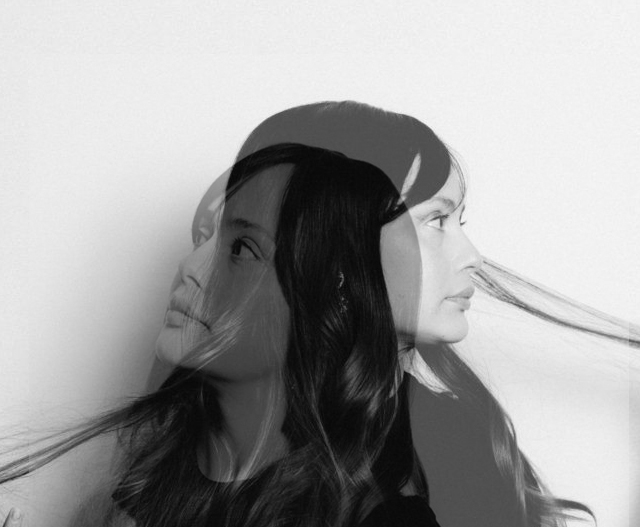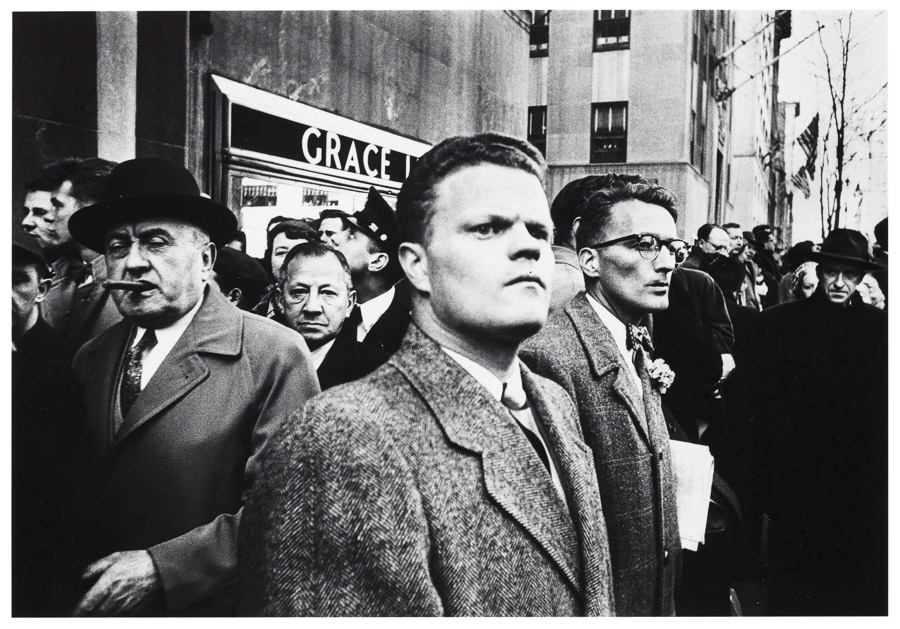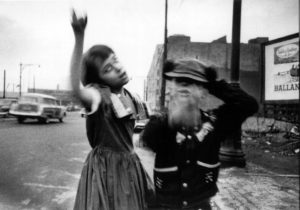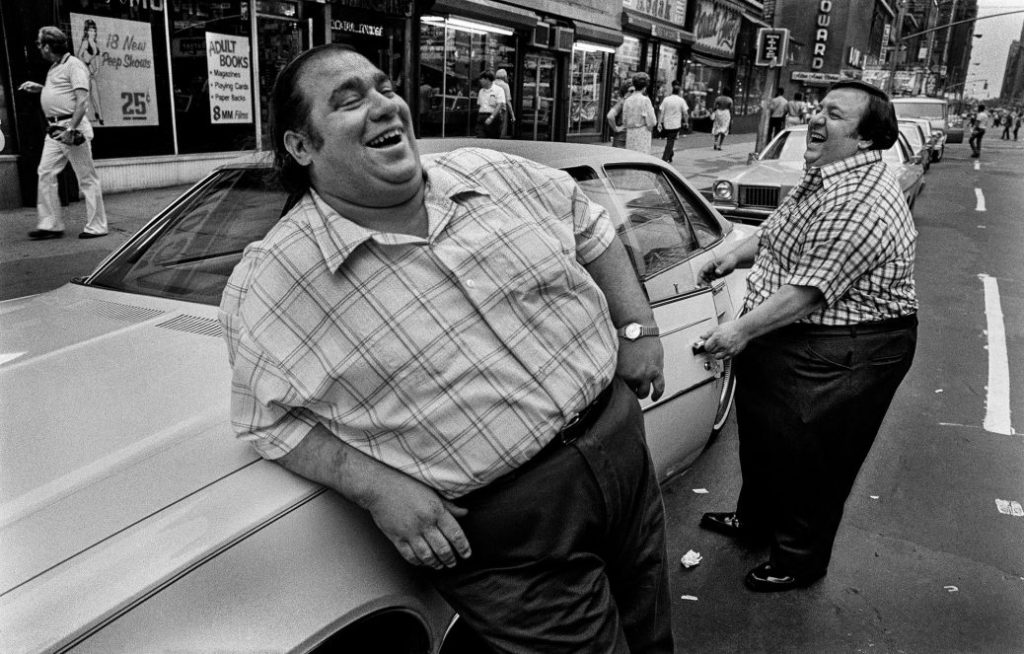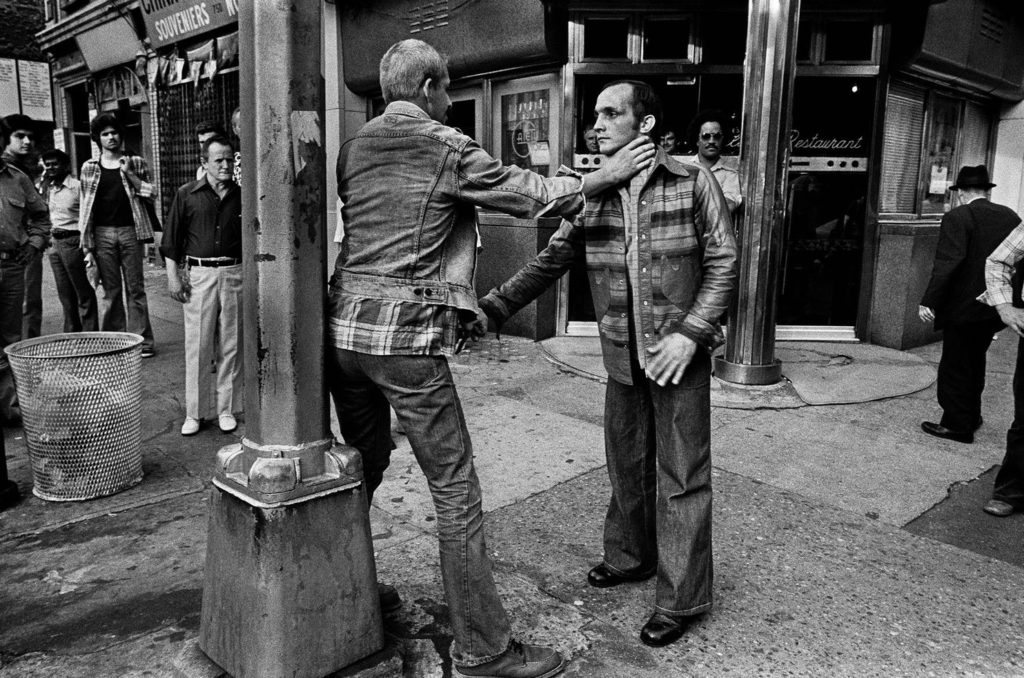Now that it’s over, what are my first thoughts about this overall project? Are they mostly positive or negative?
My first thoughts on the project are that I feel like it went quite well and I now have a further understanding of what a photography exam is like
If positive, what comes to mind specifically? Negative?
I think everything went well for example my research and photos etc
What were some of the most interesting discoveries I made while working on this project?
The amount of work needed to be put in and also what improvements can be done to take the photo shoot to the next level to improve my grades
What were the challenges?
Time management so how I used my time wisely giving myself enough time to explain and plan photo shoots, research and outcomes
What is the most important thing I learned personally?
That I needed to have a wider variety of photos/ photo shoots that needed to be taken with different lenses, effects, locations, weather and time.
How did I come up with my final best solution?
I saw on the blog a post about a guy called Kensuke Koike who used photography to edit photos and take snippets from different images and put them all together. This really changed my idea of how I could create identity because I could now make a final outcome that had loads of different images in one photo
What most got in the way of my progress if anything?
The time constraint as I didn’t realize how fast time goes when working
What obstacles did I overcome?
The edit I was trying to create was not working in Photoshop so I left it and came back and it brought a new light to the idea and i was able to overcome the obstacle
What did I learn were my greatest strengths? My biggest areas for improvement?
I completed everything I needed to during the time constraint. I also believe my Photoshop skills have improved and my way of showing photo shoot plans and contact sheets. I believe my areas for improvement are planning my photo shoots in advance so that weather and time aren’t problems. This would aid me in creating a wider variety of images that showcase different emotion, weather, light and feel
What would I do differently if I were to approach the same problem again?
As I have previously said, I would plan photo shoots in advance to collate a wider variety of images
What could I do differently from a personal standpoint the next time I work?
I would collect my best images to reduce the amount of time spent on going through my images to find the best
What can I improve?
I can improve knowledge on further Photoshop skills to help me create more complex images that could potentially bring my grades up and also to know exactly how to edit in certain ways so that I could explain in depth with use of screen shots how I did everything
How will I use what I have learned in the future?
Plan everything in advance and prioritize what is the most important and what should be done before the rest during the exam
WWW – WHAT WENT WELL
I believe my edits and outcomes from my 3 photographers went the best as I responded to my images and criticized and compared them to images by my photographers
What are your strengths and weaknesses?
My edits, outcomes and plan were my strengths
My time management, photos and research need to be improved
EBI – EVEN BETTER IF
I feel like I could improve my analysis, research and range of photos if I did this again or on a future occasion

